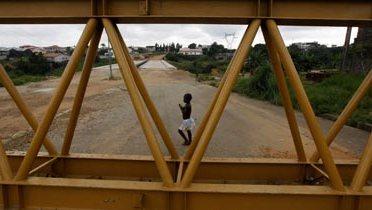The Seoul G-20 Multi-Year Action Plan on Development identified gaps in infrastructure as a key bottleneck to growth in developing countries. It committed the G-20 countries to overcoming obstacles to infrastructure investment, developing project pipelines, improving capacity and facilitating finance, in particular for low-income countries. Estimates of total infrastructure financing needs in developing countries amount to over $1.2 trillion per year, with $93 billion for sub-Saharan Africa alone.
As a first step, the G-20 asked multilateral development banks and regional bodies to develop a list of priority infrastructure projects and to identify key bottlenecks. They also created a G-20 High Level Panel for Infrastructure Investment to mobilize support for scaling up infrastructure financing. The panel is being chaired by Tidjane Thiam, chief executive of Prudential plc, from the Ivory Coast. It will report back to the G-20 leaders at the Cannes Summit in November this year.
What the G-20 decides to do on infrastructure will be a critical test of whether it can amount to more than a talkshop. As a first step toward addressing the infrastructure deficit in low-income countries, it is essential to conduct studies, build a project pipeline and estimate financing needs. Such steps have been taken before by other groups. An institutional platform has now been created, but the time has come to scale up investment in a major way. The acid test is whether any new ideas, programs or actual deals will emerge to accelerate infrastructure investments. This is not to say that the G-20 should try to fund the infrastructure themselves. That is unlikely, given their tight fiscal positions and undesirable given the need to involve the private sector to make sure these mega-projects are efficiently built. Instead, the G-20 must figure out how to be a catalyst. It can do this most effectively by focusing on regional (cross-border) projects in Africa and on filling the financing gap that exists between project identification and the start of construction. Here, we propose establishing a revolving fund to fill this gap.





